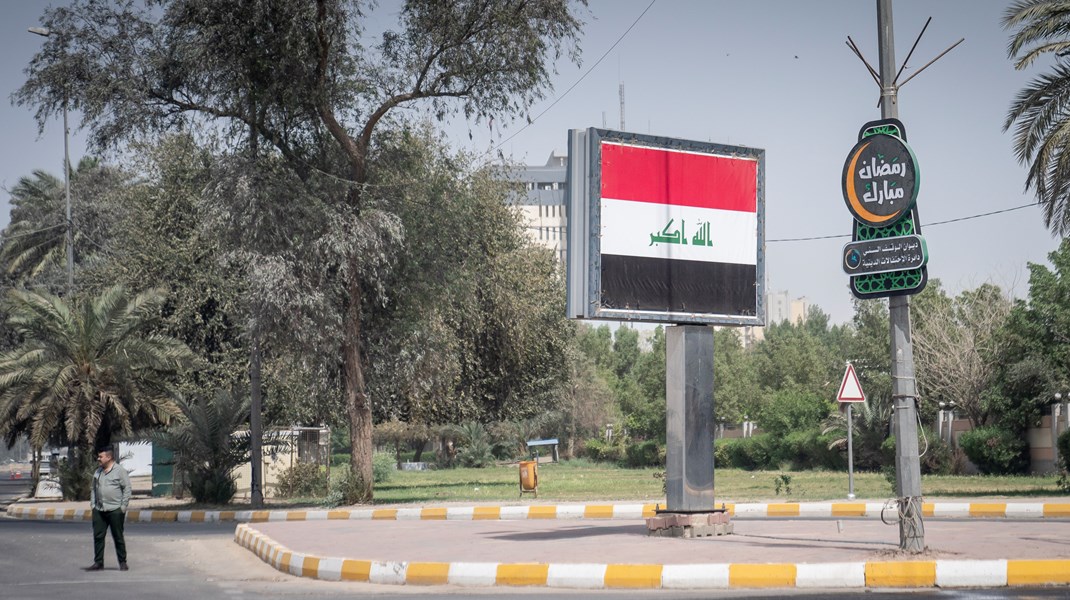Upcoming monsoons will increase needs for 671,000 refugees in Bangladesh
The rainy season is expected to have a serious impact on life-saving services and ongoing humanitarian aid in Cox’s Bazar. The pre-monsoon and monsoon will cause access constraints to sites in both Ukhia and Teknaf, as mud roads become impassable, footpaths slippery and earthen stairs and slopes become dangerous and potentially collapse. Shelters and facilities will be damaged and flooded. The overall impact is likely to be an increase in needs for the 671,000 refugees and a more challenging response environment.
Population movement is expected but this will be mostly spontaneous and as local as possible. Official relocation will be limited and humanitarian actors have been informed that evacuations will not take place. This is likely to result in further overcrowding, bringing with it the increase in a range of interrelated risks including disease transmission, protection concerns and the overburdening of services. Damage to WASH infrastructure will exacerbate poor sanitation conditions and water contamination, creating ideal conditions for the spread of water-borne diseases.
The international community is prioritizing locating safe land for life-saving services in an attempt to ensure the best possible coverage once the rains commence.
Though necessary, this could be at the expense of medium-longer-term planning for other sectors including education and protection. Initial mapping has been carried out to identify areas of most risk in an effort to move people out of the most vulnerable locations. This is being updated and the ISCG has initiated a Preparedness Task Force that is working with Sectors to compile an inter-sector contingency plan.
Scope of this report
This note summarizes a longer document on the potential impact of pre-monsoon and monsoon rains in the Rohingya camps of Cox’s Bazar. It has drawn on the past impact of rains in the Rohingya settlements and in Cox’s Bazar and Bangladesh more generally. The Rohingya camps at this scale have never existed in this season before so there is no direct past experience of how they have withstood a monsoon in Bangladesh. The number of people in the settlements and the nature of the temporary living conditions and facilities all indicate that the impact of a normal rainy season will make the provision of on-going response to the influx challenging. A severe monsoon will have a serious impact on needs.
Disclaimer: This note is based on a subjective assessment of the potential impact of the monsoon on camps and is considered a worst case scenario.
Humanitarian Constraints
Physical access will be a key concern. Roads made of mud within camps, including key roads such as the Military Road in Ukhia, are likely to become impassable, damaged or destroyed by rains and floods. Footpaths are likely to become muddy and difficult to navigate. This will severely reduce access to affected population and disrupt aid delivery.
Limitations
There is limited information on the potential impact of rains, floods and landslide in sites of Teknaf, yet two camps, Chakmarkul and Unchiprang, are of high concern, as they seem particularly prone to landslides and floods due to their terrain.


